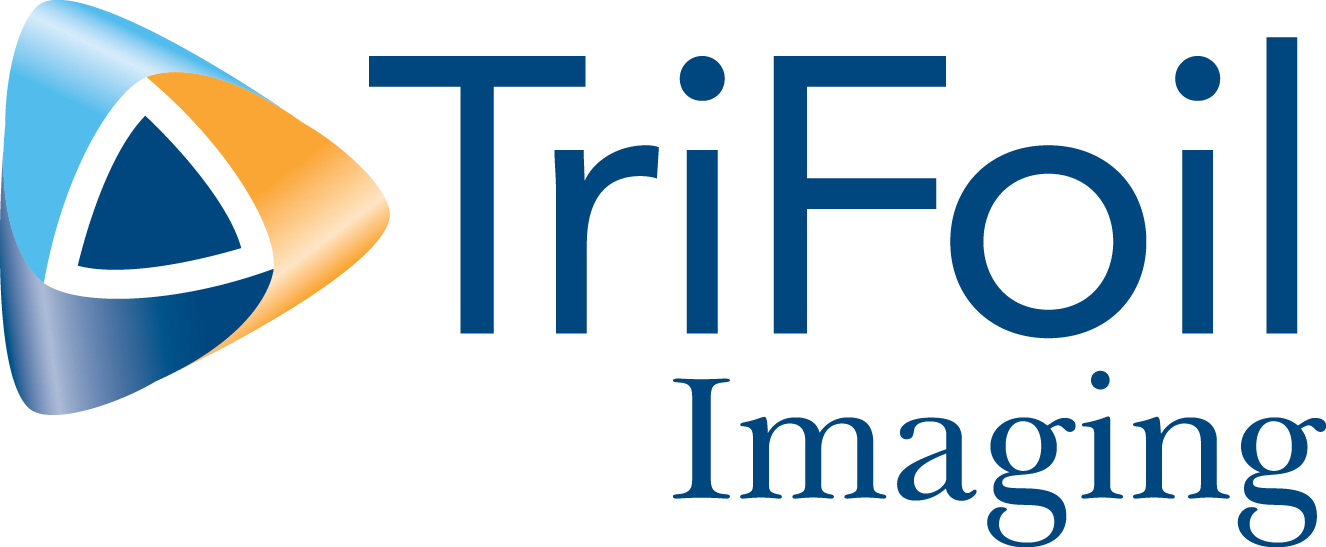3D Optical Imaging
About FLECT
FLECT, or FLuorescence Emission Computed Tomography, is an optical molecular imaging method that utilizes a complete angle tomography data acquisition approach, similar to existing methods like PET, SPECT, MRI, or CT. Unique to FLECT is that the optical system is mounted on a gantry that is rotated around the animal, enabling full 360° in vivo acquisition of fluorescence emission. This approach is superior in accuracy and sensitivity compared to the raster scanning approaches used by other optical imaging instruments with limited angle fluorescence tomography capabilities. FLECT is designed for detection of near-infrared (NIR) fluorescence for deep tissue in vivo imaging in mice.
How it works
The InSyTe FLECT/CT is a small animal in vivo imaging platform that combines FLECT with inline X-ray CT to provide optical molecular imaging capability with anatomical reference. The FLECT subsystem is equipped with 4 NIR lasers (642 nm, 705 nm, 730 nm, 780 nm) and corresponding NIR fluorescence emission filters. The lasers are directed into the FLECT gantry and excite the fluorescence in the mouse. A ring of 48 photodiode detectors surrounding the mouse collect the emitted fluorescence.
By rotating the gantry around the subject, the region of interest is illuminated at different angles and the emitted fluorescence captured by the surrounding detectors. FLECT data is acquired in 1 mm slices, with the animal bed moving axially through the FLECT portion of the gantry over the entire region of interest, resulting in acquisition of 3D data. Once acquired, the acquired FLECT data is computationally reconstructed into a volumetric image that can be visualized in 3D.




